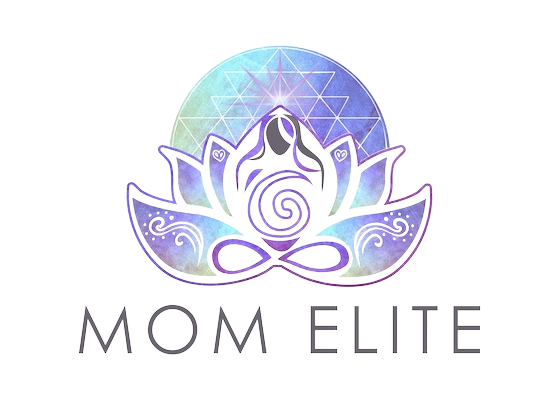Is Your Retainer No Longer a Proper Fit? Here’s What to Do
Braces are provided to correct the alignment long-term and eliminate crooked teeth. The devices can improve the way the smile looks and rebuild the person’s self-confidence. After the braces are removed, orthodontists recommend wearing a retainer to prevent the teeth from moving after treatment.
What Is a Dental Retainer?
A dental retainer is a device that dentists provide patients after the person had braces removed from their teeth. The plastic and metal appliance is used to keep the teeth in proper alignment and maintain the effects of the braces.
All dental professionals recommend using the retainer even if the patient wears the product for a limited time. Individuals can learn more about the device by getting services through Idaho Falls orthodontics now.
Who Needs a Retainer?
Any individual who was wearing braces previously or is showing signs of improper alignment. The orthodontist will exam the person’s teeth to determine if the teeth are getting pushed out of alignment.
The person needs to wear the retainer to force the teeth back into place and avoid getting new braces to correct the positioning of the teeth. If the client doesn’t get a retainer, the orthodontist may need to reinstall metal or ceramic braces or provide the individual with another set of clear aligners.
The customers may be required to wear retainers if the person is suffering from temporomandibular disorder that is often caused by the grinding of the teeth. By wearing a retainer, the jaw won’t close fully when the patient sleeps, and this prevents the teeth from connecting or grinding together.
How Long Should the Patient Wear the Retainer?
Orthodontists prescribe retainers for previous braces wearers, and the person should wear the device for at least the first three months after the braces are removed from the teeth. However, if there are any signs later of the teeth moving, the dental professional may provide a new retainer. If the person is wearing a retainer because of jaw disorders, the retainer is required until the TMJ is corrected and no longer causing tooth or jaw damage.
What Are the Full Benefits of Retainers?
Not only do the retainers correct the alignment, but the devices create a better shape for the teeth and lower the risk of speech impediments. The individual won’t develop issues such as improving the bite, chewing incorrectly, or breathing difficulties that lead to sleep apnea.
How to Get the Proper Fit
The dentist creates an impression of the person’s teeth, and a lab produces the retainer according to the size and shape of the teeth. The wires are connected to a plastic piece that lies flush against the roof of the mouth and underneath the tongue. The wires apply to the teeth and force the teeth back into alignment.
If the retainer becomes misshapen or damaged, the person must return to the orthodontist to get a new device. The first sign that the retainer doesn’t fit properly is if the individual has to force the wires over the teeth because the device is too small or too tight for the mouth.
Dental retainers are a must after braces are removed to maintain the results, and orthodontists recommend wearing the devices for at least three months. Many professionals may extend these requirements if there are any signs of positioning issues. By visiting an orthodontist regularly, the patient maintains a proper fit and gets the full benefits from the devices.



